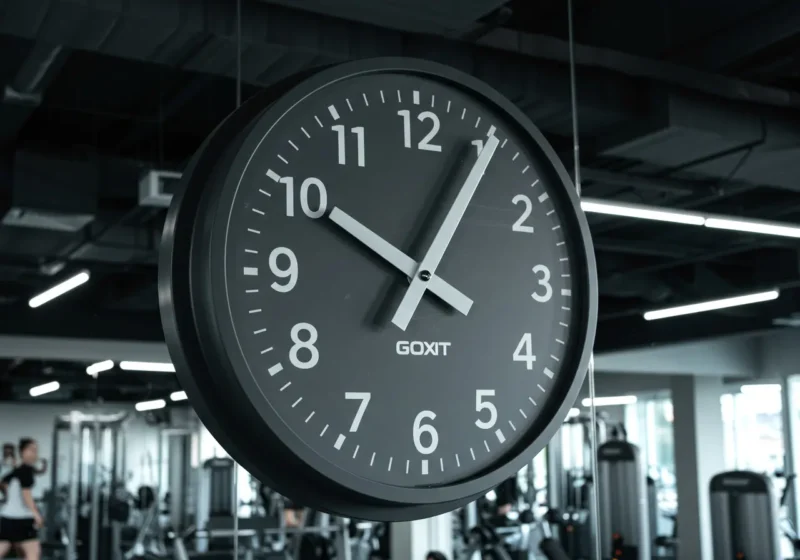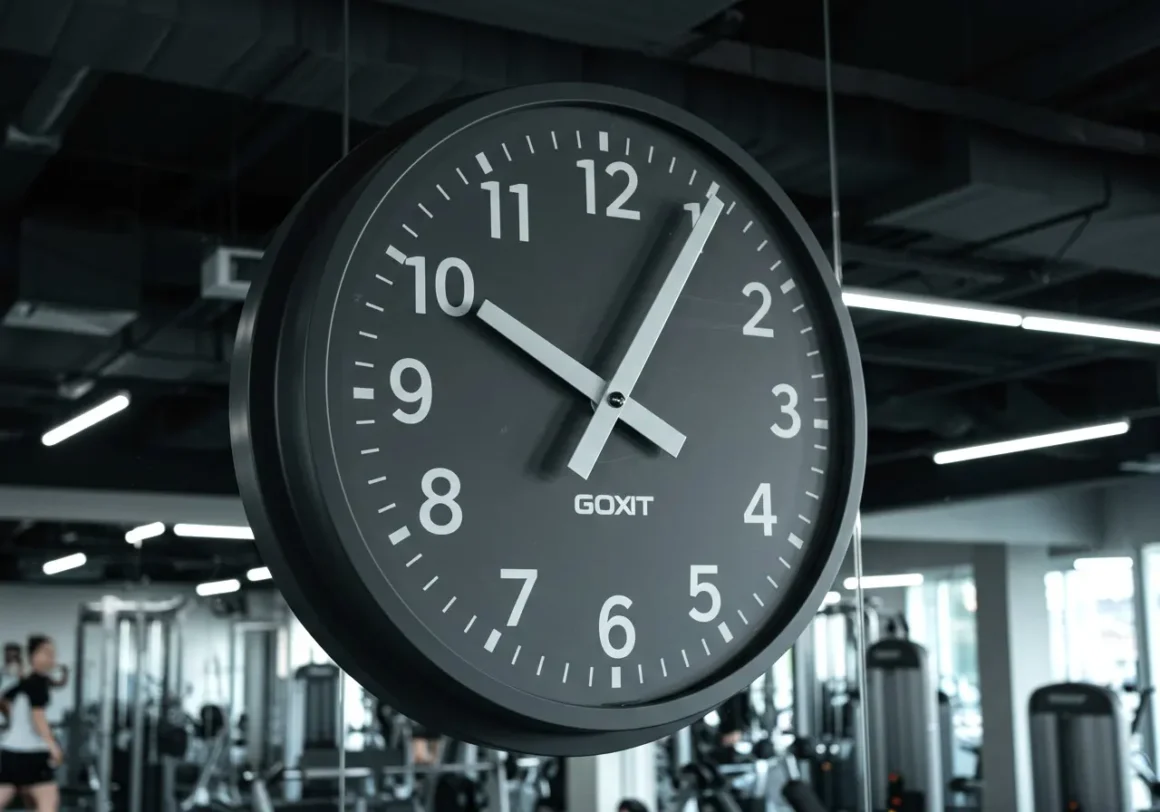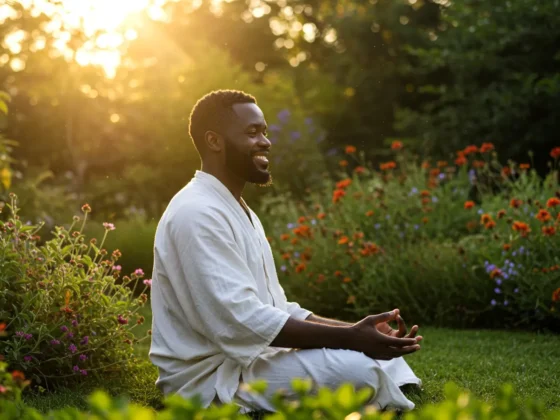Alright fellas, let’s talk about building a life where fitness isn’t just a phase you go through, but the bedrock you stand on. It’s less about chasing fleeting results and more about weaving strength, vitality, and well-being into the very fabric of who you are. We’re not looking for quick fixes; we’re after something that lasts, something that becomes as natural as breathing. And the secret sauce? Habits. Good, solid habits that stick with you, day in and day out.
Think of it like building a classic engine – you need sturdy components, aligned just right, and running smoothly together. Building a fit life is similar; it requires consistent, deliberate action that eventually feels less like work and more like… well, just living. But how do you get from wishing for it to actually living it? It starts with understanding the power of intention, planning, and surrounding yourself with the right tools and support. Let’s dive into some of the key components that make this happen.
Setting goals isn’t just about picking a number on the scale or a weight on the bar. It’s about casting a vision for who you want to become and giving yourself a target to aim for. But here’s where many guys hit a snag – the goals are too vague, too distant, or feel completely overwhelming right out of the gate. The real magic happens when you break those big, audacious dreams into smaller, bite-sized actions. Think of it like charting a course across the ocean; you don’t just point and hope for the best. You plot milestones, calculate bearings, and adjust as you go. Make your fitness goals specific, measurable, achievable, relevant, and time-bound – yeah, the SMART framework is a classic for a reason.
Once you’ve got those clear, manageable goals in sight, the “crushing” part comes down to consistent effort and smart strategy. This means identifying the daily or weekly habits that will actually move the needle toward your objective. If the goal is to run a 10K, the habit is consistently hitting the pavement three times a week, gradually increasing distance. If it’s to build muscle, the habit is showing up for those lifting sessions and fueling your body right. It’s these smaller, repeatable actions that build the momentum needed to reach those bigger milestones, and speaking of action, sometimes the biggest hurdle is just finding the time to actually lace up those shoes or hit the gym floor.
We hear it all the time, don’t we? “I just don’t have the time.” Life pulls us in a million directions – work, family, responsibilities that stack up higher than a barbell loaded for a personal best. It’s easy to let fitness slide down the priority list, telling ourselves we’ll get to it when things “calm down” (spoiler alert: they rarely do). But here’s the truth: you don’t find time for fitness, you make time for it. It’s a subtle but powerful shift in perspective. It means looking at your schedule not as a rigid cage, but as a canvas where you strategically place the things that matter most, and if living a strong, healthy life matters, then your workouts need a prime spot.
Mastering time management for fitness isn’t about magically creating 25 hours in a day. It’s about smart planning and unwavering commitment to your own well-being. Maybe that means waking up 30 minutes earlier for a quick home workout, utilizing your lunch break for a brisk walk, or scheduling your gym sessions like you would an important business meeting. It’s about being realistic about what you can commit to consistently and then defending that time fiercely. And remember, you don’t always have to go it alone; sometimes, having a partner in crime can make sticking to that schedule a whole lot easier and more enjoyable.
Let’s be real, pushing yourself day after day, especially when motivation dips, can feel like an uphill battle fought solo. That’s where the power of community comes into play. Surrounding yourself with other guys who are also on their fitness journeys provides a different kind of fuel. Whether it’s a lifting buddy who spots you on your heavy sets, a running group that keeps you company on long runs, or an online forum where you share triumphs and challenges, that shared energy and understanding can be a game-changer. It’s knowing that someone else is counting on you to show up, and you’re counting on them.
Accountability is a powerful motivator. When you share your goals with others, whether it’s a friend, a coach, or a group, you create a social contract. You’re not just letting yourself down if you skip a workout; you’re potentially letting someone else down too. This external pressure, in a supportive environment, can provide just the kick in the pants you need when the alarm clock goes off early or the couch looks extra inviting after a long day. Plus, sharing tips, celebrating victories (big or small), and navigating setbacks together builds camaraderie and makes the journey far less lonely. And speaking of navigating, having a clear picture of where you’re at can really help guide your path forward.
In today’s world, we’ve got an incredible arsenal of tools at our fingertips, and leveraging technology for fitness isn’t about getting bogged down in data overload; it’s about gaining clarity and making informed decisions. Fitness trackers, smartwatches, mobile apps – they can monitor everything from steps taken and calories burned to sleep quality and heart rate variability. This isn’t just about collecting numbers; it’s about understanding your body’s responses, identifying patterns, and seeing the tangible results of your efforts. It provides objective feedback that can either validate your current approach or signal that it’s time to adjust.
Using technology smartly means finding the tools that work for you and focusing on the metrics that matter most to your specific goals. Don’t try to track everything if it feels overwhelming. Maybe it’s simply logging your workouts to see progression in strength or endurance. Perhaps it’s monitoring your nutrition intake to ensure you’re properly fueling your body. Or maybe it’s using a sleep tracker to understand how recovery impacts your performance. This data helps you stay accountable to yourself, make data-driven adjustments to your habits, and see the consistent progress that reinforces your commitment to living that fit life we’re talking about.
Conclusion: Building a Life of Strength
Living your best fit life is an ongoing journey, not a final destination. It’s built brick by brick, habit by habit. It starts with setting clear intentions (goals), finding ways to integrate those intentions into your daily flow (time management), drawing strength and support from others (community), and using available tools to guide your path (tracking). It’s about consistency, resilience, and a commitment to your own well-being. Embrace the process, learn from the challenges, celebrate the wins, and keep building. This isn’t just about looking good; it’s about feeling capable, energized, and ready to take on whatever life throws at you. This is about building a foundation for lasting strength, inside and out.




















